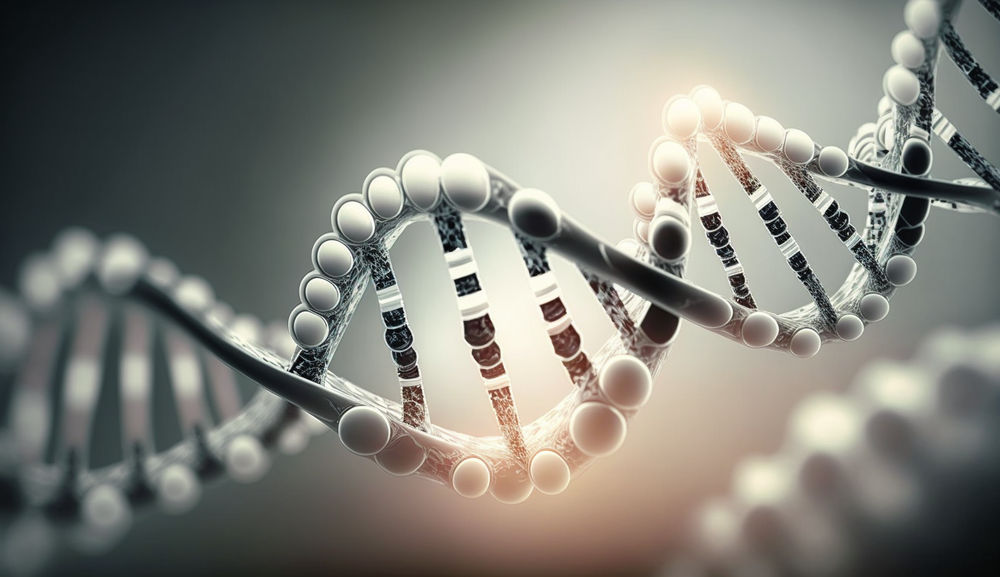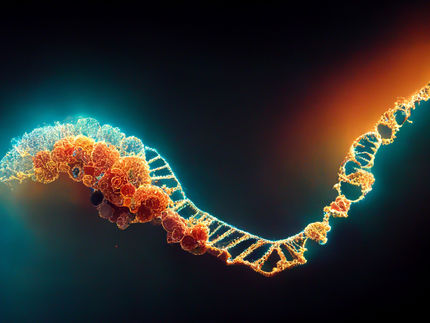Scientists study innovative DNA transport element
Advertisement
Treating genetic diseases by introducing functional genes into the human organism: researchers from three European countries are aiming for a breakthrough in this process, known as gene therapy, using a new methodology. The network of scientists, including the German Research Centre for biotechnology in Braunschweig (GBF), is working to further develop a certain type of DNA element, called an episome, for this purpose. The European Union is contributing financial support for the "Epi-Vector-Programme."
During the 1990s great promise for gene therapy emerged for the first time. At this time, bio-scientists and others from the medical profession first attempted to treat people with hereditary defects by implanting a functional version of a damaged gene into the patient's body. The initial high hopes for this process were cruelly disappointed when several of the patients contracted cancer and died.
Professor Jürgen Bode, the work group leader at GBF, is convinced that the cause of these deaths can be found in the vectors used at the time; i.e the transport elements by which the DNA was injected into a patient's cells. "Certain viruses that were rendered harmless were used," notes Prof. Bode, "into whose genetic substance the desired gene was integrated." "This," Bode explains, "was essentially a sensible approach because viruses inject their own DNA into the cells they attack; in fact, they do this at those points where it is most convenient for their own survival. Then, they let themselves be reproduced by our own cells. The downside is that unfortunately we have no control over the location where this occurs on our chromosomes.", says Bode. If a virus invades a key genetic region of a cell it can severely inhibit the functions of genetic information. In the worst case scenario, this can lead to the breakdown and loss of genes which, in turn, can result in cancer.
The GBF and the rest of the research consortium are focusing on a new type of vector called an episome. Episomes are DNA elements that do not combine themselves in the genetic substance of the host DNA. Instead, they become anchored in a reversible manner only to certain support molecules in the nucleus of the cell - the same molecules used for stabilisation by human DNA. The necessary "DNA anchors" were identified during the Human Genome Project.
"Now it is possible," says Prof. Bode, "to head straight for the stabilisation of cell nucleus molecules." The episomes constructed are independent DNA ring molecules which have attached themselves to a chromosome in the host cell. Their information is jointly read with that of the chromosomes and together they multiply with the chromosomes every time cell division occurs.
Researchers in the Epi-Vector-Project now want to find out if episomes are suitable for a gentler form of gene therapy. Professor Bode warns however that quick successes are not likely. "Even if this method functions, considerable groundwork would still be required before the process could be applied in the medical field."
Other news from the department science
Most read news
More news from our other portals
See the theme worlds for related content
Topic world Gene therapy
Genetic diseases once considered untreatable are now at the center of innovative therapeutic approaches. Research and development of gene therapies in biotech and pharma aim to directly correct or replace defective or missing genes to combat disease at the molecular level. This revolutionary approach promises not only to treat symptoms, but to eliminate the cause of the disease itself.

Topic world Gene therapy
Genetic diseases once considered untreatable are now at the center of innovative therapeutic approaches. Research and development of gene therapies in biotech and pharma aim to directly correct or replace defective or missing genes to combat disease at the molecular level. This revolutionary approach promises not only to treat symptoms, but to eliminate the cause of the disease itself.





















































